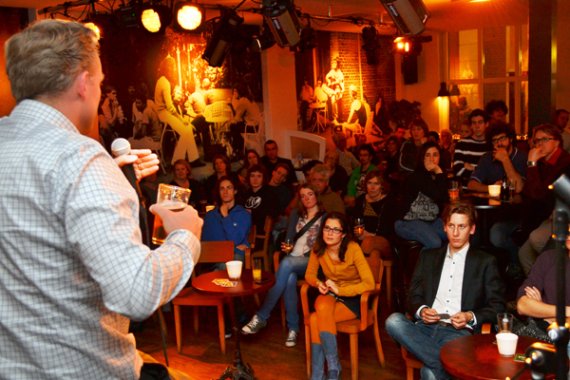In the Netherlands the danger comes from two directions: the sea level is rising while the groundlevel is falling because of the declining groundwater. Meanwhile our embanked rivers don’t deposit sediments anymore to compensate. A stark contrast with the situation five thousand years ago, says Jakob Walling, professor in soil geography. During that time sea levels were also rising and yet the current Dutch land area expanded in a natural way. ‘Those are interesting dynamics that are very relevant to the current situation. How did it happen? And can we learn from it?’
Natural coastal protection is a good start, according to engineer Stefan Aarninkhof (Boskalis) who designed the Delfland sand engine in front of the North Sea Coast. This huge sand deposit (40 million tons) is to be brought in position by natural winds and currents. That’s very different from building dykes. So different that it can be seen as a paradigm shift, says Aarninkhof. But in the audience, not everybody was so sure. ‘Aren’t we still just shifting sand from A to B?’, somebody wanted to know. ‘It might seem like that’, says Aarninkhof. ‘But in the engineers world this is definitly an entirely new approach.’
‘Yet it feels like we try to counteract with what nature wants’, somebody objects. ‘Shouldn’t we just retract?’ On the long run perhaps, Wallinga admits. ‘Then you might think of building on huge artificial islands that can withstand extreme events. However, at this point to much value is present in our coastal area.’ According to him his economical consideration supports ecological ambitions. ‘For we know it’s the prosperous societies who care about sustainablilty.’

